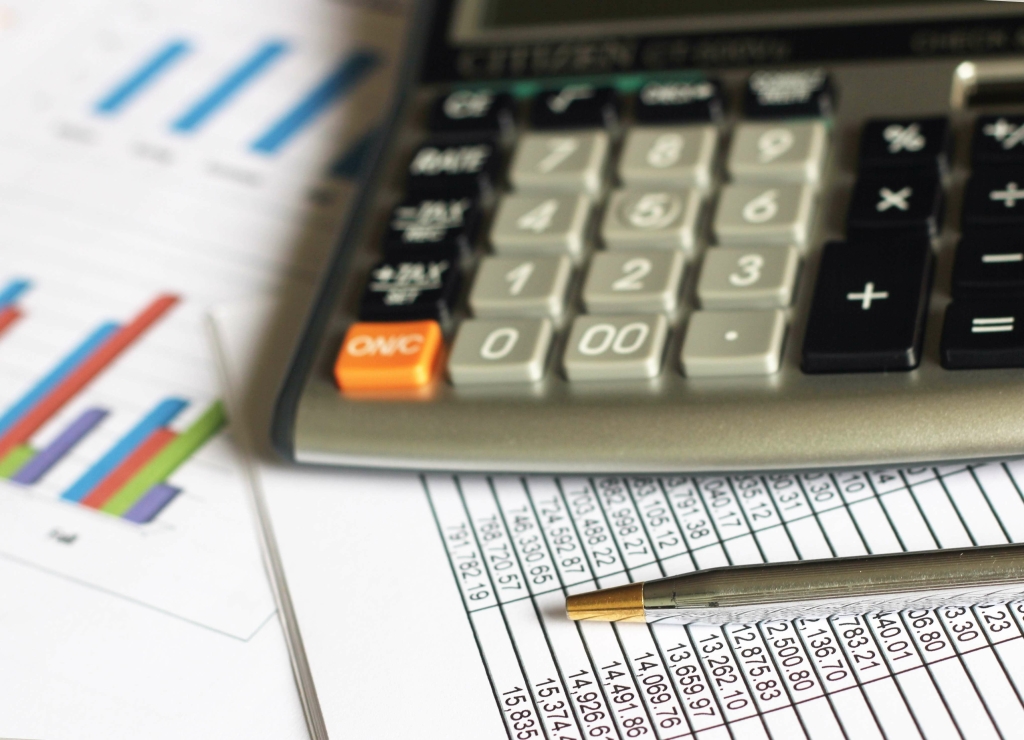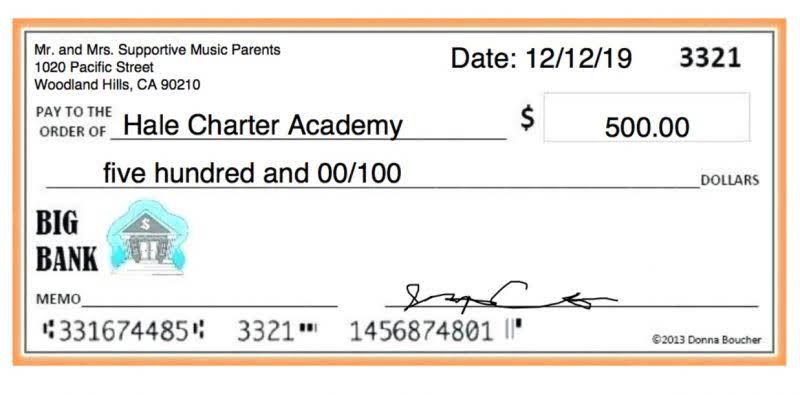
This first criterion means that the car will have a net value or book value of $0 once it is fully depreciated. The main reason is to make the remaining shares more valuable, as their prices are expected to rise after the stock buyback. This means it received $4,500 in cash but needs to pay $5,000 back to the bondholders. Go a level deeper with us and investigate the potential impacts of climate change on investments like your retirement account. We’re firm believers in the Golden Rule, which is why editorial opinions are ours alone and have not been previously reviewed, approved, or endorsed by included advertisers.
Accounts receivable is rarely reported on the balance sheet at its net amount. Instead, it is reported at its full amount with an allowance for bad debts listed below it. Maybe more importantly, it shows investors and creditors what percentage of receivables the company is writing off. Examples of contra accounts include allowance for doubtful accounts, reserve for obsolete inventory, and accrued liabilities.
What is a Contra Account? Definition
The accounting entries for a discount on notes receivables are as follows. Any company that owns intangible assets such as software, patent, etc., will maintain an accumulated amortization account. Similar to depreciation, this account plays a significant role in representing the book value of a company’s assets. Balance of such accounts are under debit side, while revenue balances are under credit side. Contra revenue account is an opposite account to revenue, which decreased gross revenue balance and the result is called net revenue. This accumulated depreciation account would continue until the asset is disposed of.

Whenever the balance of a CA account increases (credit to the CA account), the increased amount is written off as an expense and is reported in the company’s income statement. Although they all aim at reducing the balance of some type of account, it is useful to have some general foundational knowledge of the different types of accounts. Sometimes, it is important to keep the original balance of the accounts and create the contra accounts to be able to calculate the net value of the account. Whenever the balance of an account needs to be reduced in a company’s ledger, it is not always applicable to credit the account if it is an asset or debit the account if it is a liability.
Understanding a Contra Account
Both of these accounts offset each other to represent a net balance on a company’s balance sheet. For most companies, the contra asset accounts will also include several types. Before understanding contra asset accounts, it is crucial to learn what contra accounts are. Contra Asset Account – A contra asset account is an asset that carries a credit contra asset account balance and is used to decrease the balance of another asset on the balance. To account for this potential loss, GreenThumb creates a contra asset account called “Allowance for Doubtful Accounts” with a credit balance of $1,200 (3% of $40,000). On the balance sheet, the net accounts receivable will be reported as $38,800 ($40,000 – $1,200).
Contra asset accounts allow users to see how much of an asset was written off, its remaining useful life, and the value of the asset. Contra accounts are used to reduce the original account directly, keeping financial accounting records clean. The difference between an asset’s balance and the contra account asset balance is the book value. The natural balance in a contra asset account is a credit balance, as opposed to the natural debit balance in all other asset accounts. There is no reason for there to ever be a debit balance in a contra asset account; thus, a debit balance probably indicates an incorrect accounting entry. When a contra asset transaction is created, the offset is a charge to the income statement, which reduces profits.
Does Issuing Common Stock for the Purchase of a Company Affect Retained Earnings?
The difference, which is $500, is thus listed as a discount on bonds payable and is debited to the contra liability account “discount on bonds payable.” Note that the contra liability account has a positive balance (a debit balance), and the liability account normally has a credit balance. Hence, the book value of the liability will be the credit balance of the liability account minus the debit balance of its contra liability counterpart. A contra asset (CA) account is an account in the balance sheet that offsets the balance of a regular asset account. They are useful in preserving the historical value in the main account while presenting a write-down or decrease in a separate contra account that nets to the current book value. Contra accounts serve an invaluable function in financial reporting that enhances transparency in accounting books.

Sales returns, sales allowance and sale discounts are different examples of contra revenue accounts. Contra accounts such as these have a debit balance and are deducted from the total amount of a company’s revenue. The amount in the accumulated depreciation account is deducted from the assets of a company, such as buildings, vehicles and equipment.
Free Financial Statements Cheat Sheet
They also help organizations track specific adjustments and discrepancies, allowing for better financial analysis and decision-making. The balance in the allowance for doubtful accounts is used to find out the dollar value of the current accounts receivable balance that is deemed uncollectible. The balance sheet shows the amount in the asset section underneath the accounts receivable. The net value of both these figures is usually reported on a third line. You’ll continue to use the contra asset account until the equipment has been completely depreciated, retired, or sold.
- The key example of a contra equity account is Treasury stock, which represents the amount paid to buyback stock.
- For this reason, contra accounts are primarily seen as having negative balances because they are used to reduce the balance of another account.
- The net amount – i.e. the difference between the account balance post-adjustment of the contra account balance – represents the book value shown on the balance sheet.
- If you’re using accounting software, you’ll be able to create contra accounts when setting up your chart of accounts.
- This is done in order to separate data in these accounts for the analysis and presentation purposes.
There are several examples of contra accounts, including accumulated depreciation, accumulated depletion, accumulated amortization, allowance for receivables, etc. These are all examples of contra asset accounts, which are the prevalent type of contra accounts. By reporting contra asset accounts on the balance sheet, users of financial statements can learn more about the assets of a company.
The balance sheet would show the piece of equipment at its historical cost, then subtract the accumulated depreciation to reflect the accurate value of the asset. Key examples of contra asset accounts include allowance for doubtful accounts and accumulated depreciation. Allowance for doubtful accounts reduce accounts receivable, while accumulated deprecation is used to reduce the value of a fixed asset.
Allowance for doubtful debt is a contra account against which bad debts are charged. Therefore, in the allowance method, relevant bad debt expense is recorded and accounts receivable are written off when these are considered not recoverable. When bad debts are incurred, the allowance for doubtful debts would decrease and the accounts receivable would be reduced by that amount. Both the asset and the corresponding CA accounts must be stated clearly in the balance sheet. Usually, the asset account is listed first, and its contra asset counterpart is listed underneath, with the asset’s net value or book value. A contra account is an account with a balance opposite the normal accounts in its category.
Therefore, these companies must maintain an obsolete inventory reserve account to net off any unusable stock from the account. This requirement also comes from the accounting standard for inventories. Accumulated amortization is an account similar to accumulated depreciation. This account only relates to a company’s intangible assets rather than tangible.
Is a contra asset a liability?
A contra asset account is not classified as an asset, since it does not represent long-term value, nor is it classified as a liability, since it does not represent a future obligation.
That is because some of the bonds are issued at a discount, so this reduces the balance of their bonds payable. As mentioned above, the primary situation in which contra asset accounts appear has to do with accumulated depreciation. Therefore, an example of a contra asset account involved with a depreciation situation seems reasonable to observe. Nova Incorporated is attempting to finalize their balance sheet in terms of the net value of their assets. At the end of the year, their assets are as follows… Nova Company valued a van at $30,000, an office building at $500,000 and office equipment at $20,000.
